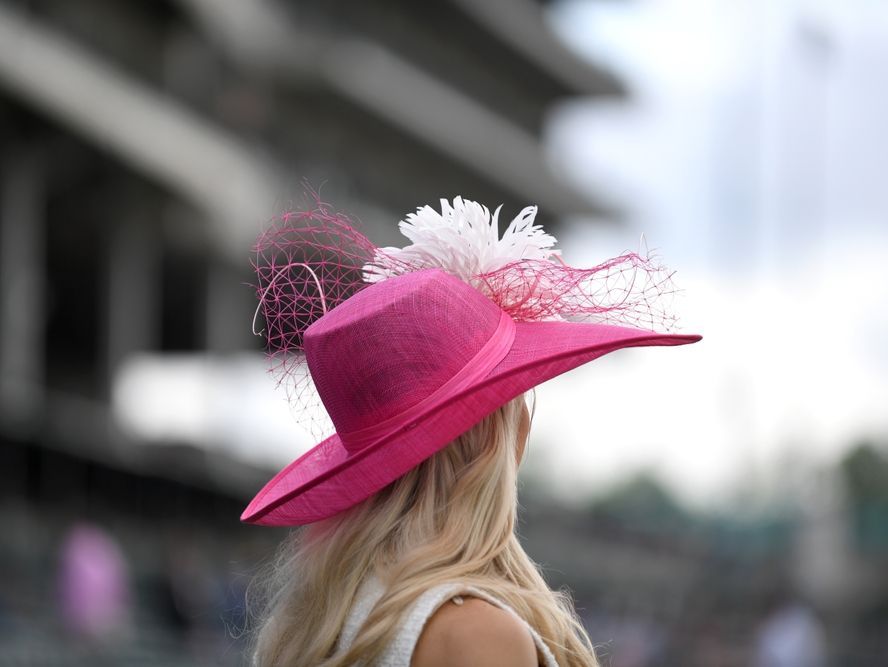
04/05/2023 0 Comments
Fascinators
Fascinators have a long and storied history, dating back to the 18th century in Europe. These elegant and intricate headpieces have been worn by women of all ages and backgrounds, from royalty to everyday citizens. Their name, "fascinator," is derived from the Latin word "fascinare," which means "to bewitch" or "to enchant."
The origins of fascinators can be traced back to the late 1700s, when they were first worn in Europe as an alternative to large, heavy hats. These early fascinators were made from feathers, ribbons, and other lightweight materials, and were designed to be worn perched on top of the head. They were often decorated with flowers, lace, and other delicate details, and were popular among women who wanted a more understated look.
In the 19th century, fascinators became even more popular, thanks in part to the rise of the British aristocracy. Queen Victoria was known to wear fascinators regularly, and her influence helped to spread the trend throughout Europe and beyond. By the turn of the century, fascinators had become a staple accessory for women of all social classes, and were often worn to weddings, garden parties, and other formal events.
In the 1920s, fascinators underwent a transformation, as fashion shifted towards a more modern and streamlined look. The new fascinators were smaller and more minimalist, and were often worn at a jaunty angle. They were still made from feathers and other lightweight materials, but the overall effect was much more subtle than their 18th-century counterparts.
During World War II, fascinators fell out of fashion, as women began to wear more practical clothing and accessories. However, they experienced a resurgence in the 1950s and 1960s, as Hollywood stars like Audrey Hepburn and Grace Kelly began wearing them on and off the screen. Fascinators were often paired with elegant dresses and glamorous hairstyles, creating a look that was both sophisticated and whimsical.
Today, fascinators remain a popular accessory for women all over the world. They are often worn to weddings, horse races, and other formal events, and can be found in a wide variety of styles and materials. Some modern fascinators are still made from feathers and other natural materials, while others are crafted from synthetic materials like plastic and foam. Some are simple and understated, while others are elaborate and ornate.
Despite their long history, fascinators remain a beloved and fashionable accessory for women of all ages. Whether you prefer a classic look or a more modern twist, there is a fascinator out there for everyone. So the next time you're looking for a statement piece to complete your outfit, consider adding a fascinator to your wardrobe. You never know where it might take you!

Comments
Leave a comment